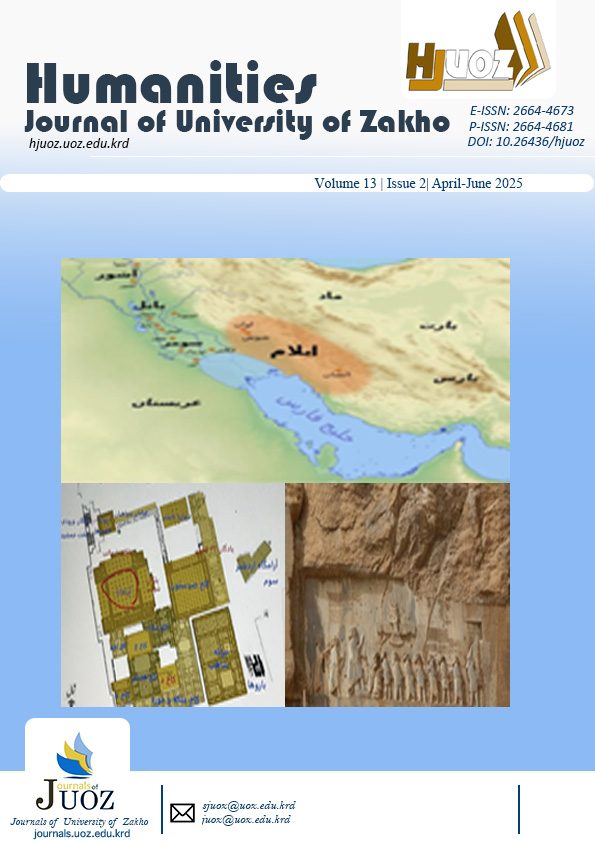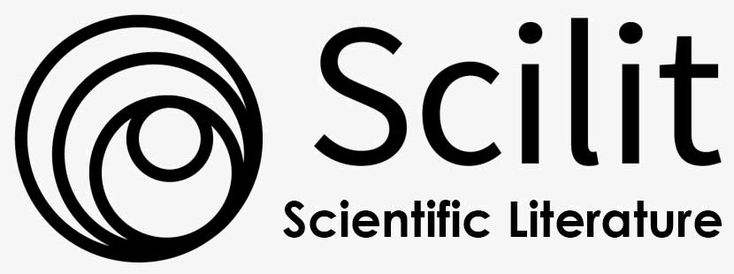FATHER-SON RELATIONSHIP IN KHALED HOSSEINI’S THE KITE RUNNER AND CORMAC MCCARTHY’S THE ROAD
DOI:
https://doi.org/10.26436/hjuoz.2025.13.2.1548Keywords:
Father-Son Relationship, Attachment Theory, The Kite Runner, The Road, East, WestAbstract
The current paper deals with father-son relationship in the East represented by Khaled Hosseini’s The Kite Runner and in the West which is demonstrated by Cormac McCarthy’s The Road. This study analyzes the characters and explores their relationships with reference to psychological theory of attachment by the renowned British psychiatrist John Bowlby (1907-1990). The two novels reflect biographical accounts of the two authors especially that of Hosseini and his life in Afghanistan and the fatherly figure type he has had like Amir and the majority of the Eastern fathers. Furthermore, it argues that the father and son relationship illustrated by Baba and Amir in The Kite Runner is cold and distant. In contrast, father - son relationship in The Road is an affectionate and loving relationship. This strong bond between the nameless father and son is meant to represent all fathers and the sons especially those in the West since the novel is written about America. The study concludes that all good fathers love their sons whether in the East or West. However, while the father and son relationship in the West in The Road is demonstrated through the father showing his love and taking care of his son. Baba and Amir’s relationship looks distant and cold with a lack of communication on the surface. Nevertheless, the Eastern fathers represented by Baba do love their sons and the sons likewise in hard situations they are willing to work hard and go beyond their abilities to provide for their sons and afford a good education for them.
Downloads
References
Alkaç, A. (2019). Ethics of Being in Cormac McCarthy’s The Road, Gaziantep University Journal of Social Sciences, (1)18, 71-80.DOI:10.21547/jss.599986
Bowlby, J. (1988). A Secure Base: Clinical Applications of Attachment Theory. New York: Routledge.
Holmes, J. (2014). John Bowlby and Attachment Theory. (2nd edit.). New York: Routledge.
Hosseini, K. (2003). The Kite Runner. New York: Riverhead Books.
Kai-fu, C. (2019). A Study of Amir’s Psychological Change in The Kite Runner, English Language Teaching;Canadian Center of Science and Education (5)12, 191-200. https://doi.org/10.5539/elt.v12n5p190
Khadawardi, H. (2017). Superego Guilt, Redemption and Atonement in Khaled Hosseini’s the Kite Runner. Journal of Humanities Social Sciences and Education (IJHSSE)(4) 2, 88-99. http://dx.doi.org/10.20431/2349-0381.0402009
Lambe, L. and Basuki, R. (2012). Amir’s Guilt in Khaled Hosseini’s The Kite Runner. East Java: Petra Christian University Press.
Lukitaningrum, Y. (2008). Analysis of the Struggles of a Father to Get a Better Life for His Son as Seen in Cormac McCarthy’s The Road. Yogyakarta: Sanata Dharma University Press.
McCarthy, C. (2006). The Road. New York: Vintage Books.
Mifdal, M. (2014). Dystopian Satire in Cormac McCarthy’s The Road: A Language That Echoes the Collapse of a Whole Culture. Humor and satire in Literature and Culture(12).https://www.researchgate.net/publication/273513764
Upadhyay, M. and Sharma, M. (2022). Deconstructing Father-Son Relationships in Khaled Hosseini’s The Kite Runner, Research Journal Of English (RJOE), (4)7, 154-161. http://doi.org/10.36993/RJOE.2022.7.4.16
Ray, K. (2017). Towards an Ecological Ethics: A Reading of Cormac McCarthy's The Road, An International Journal of Interdisciplinary Studies in English, (4)2, 163-168. https://www.researchgate.net/publication/332186708_Towards_an_Ecological_Ethics_A_Reading_of_Cormac_McCarthy's_The_Road
Singh, S.( 2016). Portrayal of relationships through “The Kite Runner.” Bangalore: Christ University Press.
Younus, L. L. (2020). Audience Demand in Father-Son Argumentation across Generations. Al-Adab Journal, 134, 13-40. https://doi.org/10.31973/aj.v0i134.737
Yuan-yuan, P. (2018). Analysis of Hassan’s Tragedy in the Kite Runner from the Three-dimensional Ethical Perspective, Canadian Center of Science and Education, (7) 11, 57-60. http://doi.org/10.5539/elt.v11n7p57
Published
How to Cite
Issue
Section
License
Copyright (c) 2025 Hala S. Younis

This work is licensed under a Creative Commons Attribution-NonCommercial-ShareAlike 4.0 International License.
Authors who publish with this journal agree to the following terms:
- Authors retain copyright and grant the journal right of first publication with the work simultaneously licensed under a Creative Commons Attribution License [CC BY-NC-SA 4.0] that allows others to share the work with an acknowledgment of the work's authorship and initial publication in this journal.
- Authors are able to enter into separate, additional contractual arrangements for the non-exclusive distribution of the journal's published version of the work, with an acknowledgment of its initial publication in this journal.
- Authors are permitted and encouraged to post their work online.

















